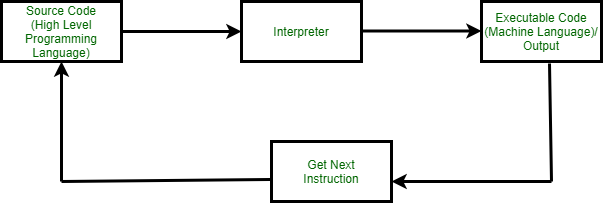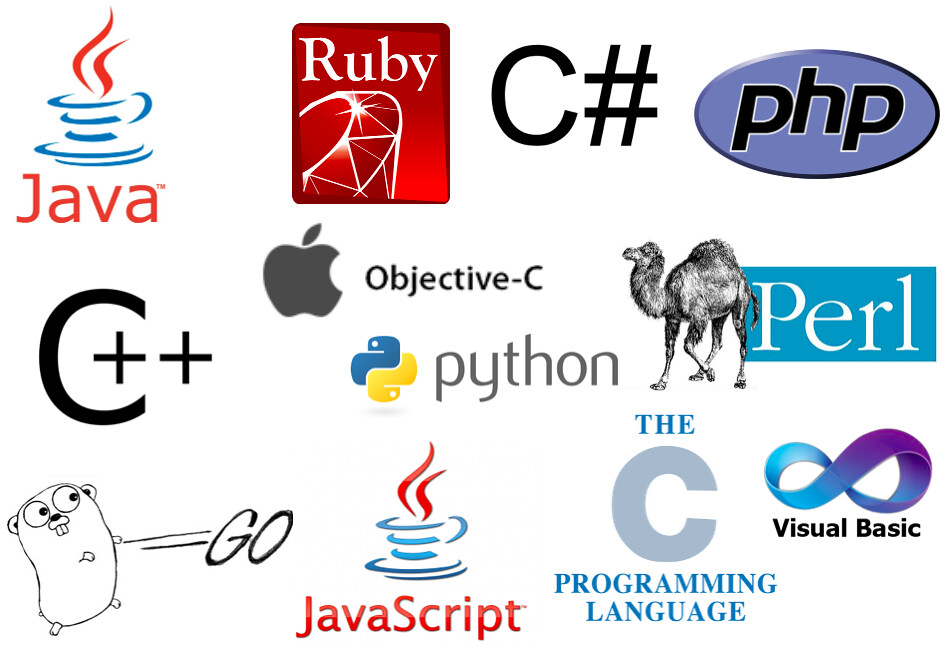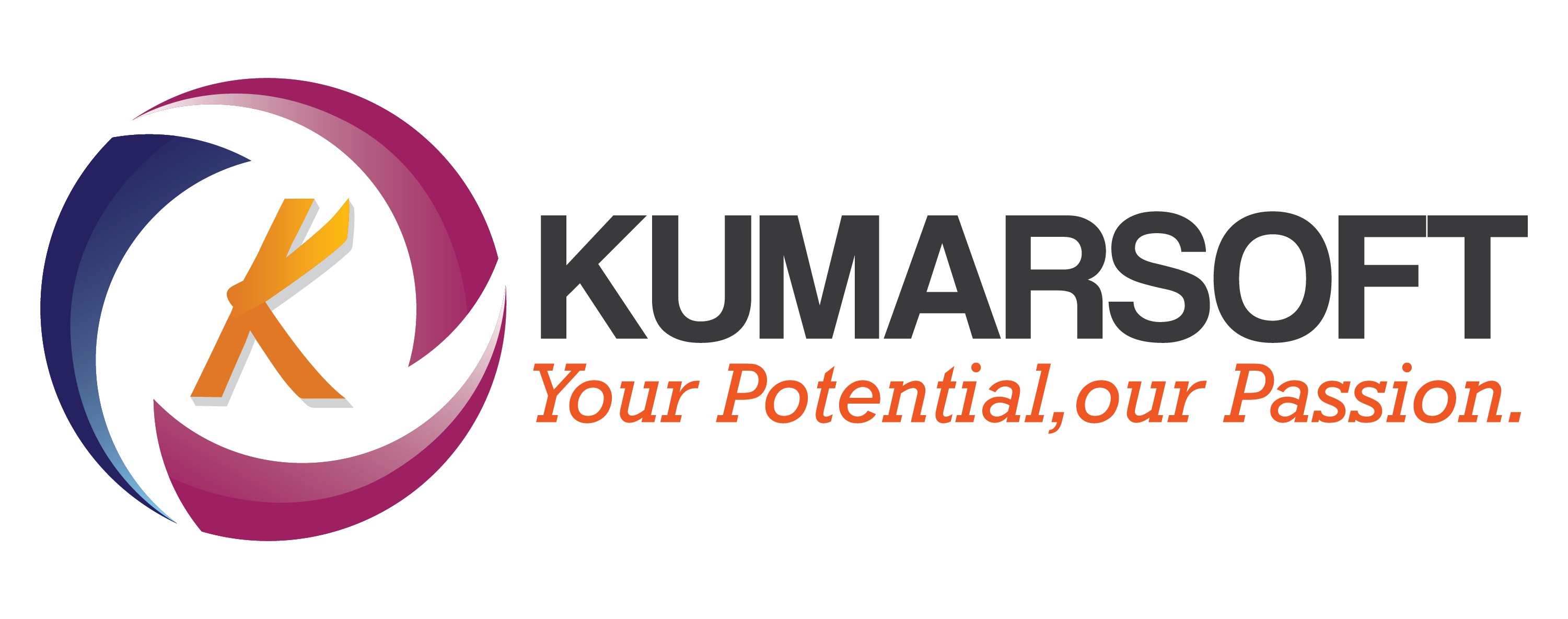WHAT ARE COMPUTER LANGUAGES ?
As we know only human languages and computer knows only machine language, we need some media through which we can communicate with the computer, so we can complete our desired task. That media is Language. Each language has a systematic method of using symbols of that language

- Computer Languages can be classified into three broad categories:
- Machine level Language
- Assembly level Language
- High level Language
WHAT IS MACHINE LEVEL LANGUAGE ?
- Computer programs are written using many different computer Languages but the language which is understood by the computer without translating programis called machine language.
- Machine language is normally written as string of binary 1s and 0s.
- A machine language instruction has two part format.
- The 1st part is the operation code which tells the computer what function to be performed.The 2nd part is the operand which tells the computer where to find & store data to be manipulated.

WHAT IS ASSEMBLY LEVEL LANGUAGE ?
- Assembly language is a language which allows instruction & storage location to be represented by letters & symbols, instead of number.
- Assembly language was introduced in 1952.
- It allows using alphanumeric mnemonic codes instead of numeric code for the instructions in instruction set. For example using ADD instead of 1110 or 14 to add.
- The storage locations are to be represented in the form of alphanumeric addresses instead of numeric address.
WHAT IS HIGH LEVEL LANGUAGE ?
- The machine language & assembly language requires a good knowledge of internal structure of computer. The both languages are machine dependent & it is difficult to solve error, To remove this limitation the high level language is introduced.
- The high level languages machine independent so it can be easily ported & executed on any computer.
- The high level language programs do not require any knowledge of internal structure of computer so the programmer concentrate on the logic of problemrather than internal structure of computer.
ASSEMBLER
- A computer can directly execute only machine language programs so the assembly language program must be converted into its equivalent machine language program before can be executed.This translation is done with the help of a translator program which is known as assembler.
- Assembler translates each assembly language instruction into equivalent machine language instruction.

INTERPRETER
- An interpreter is another type of translator which is used for translating program written using high level languages.
- It takes one statement of high level language, translates into machine language & immediately executes the resulting machine language instructions.
- The main advantage of interpreter is that interpreter makes it easier & faster to correct programs.
- The main disadvantage is that interpreter is slower than compilers when runninga finished program.

COMPILER
- A compiler is a translator program which translates a high level language program into equivalent machine language program.
- The compiler translates each high level language instruction into set of machine language instructions rather than a single machine language instruction.
- A compiler can translates only those source programs which have written in thelanguage for which compiler is designed.

EXAMPLES OF HIGH LEVEL LANGUAGE
- PYTHON
- Used by programmers for various tasks, such as web development, data analysis and scientific computing because it has a very simple syntax and is easy to learn and understand.
2. JAVA
- Java is known for its simplicity, robustness, and security features, making it a popular choice for enterprise-level applications.
- Java was developed by James Gosling at Sun Microsystems Inc. in May 1995 and later acquired by Oracle Corporation and is widely used for developing applications for desktop, web, and mobile devices.
3. C++
- C++ is very popular and widely used because it has features of both low and high-level languages which makes it suitable for making complex software such as game engines, desktop applications, performance performance-critical applications.
- C++ is a high-level, general-purpose programming language designed for system and application programming.
- It was developed by Bjarne Stroustrup at Bell Labs in 1983 as an extension of the C programming language.








